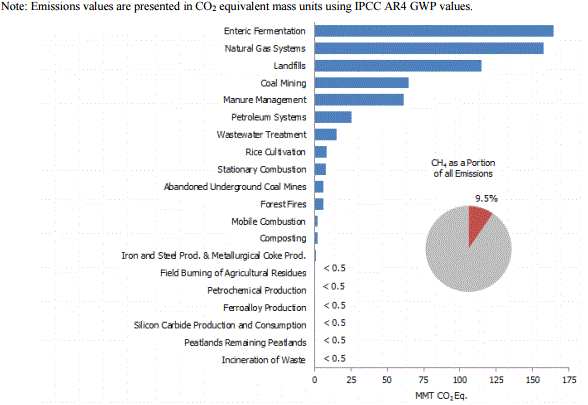Future OF Houston's
Waste Management
Organic Waste

Food Waste
At 18%, landfills are the third largest anthropogenic contributor of methane gas here in the United States. In 2010, the EPA calculates that landfills produced 114.6 million metric tons of CO2 equivalents (MMT CO2 Eq.) while Waste Water Treatment Plants (WWTPs) were responsible for 15 MMT CO2 Eq [1]. The average American has little to no contact with their waste once it goes into the trash can or is flushed down the toilet. Out of sight, out of mind.
Waste Water
18% of the US waste stream is generated by food waste, of which we produce roughly 30 million tons of every year [2]. Food waste is comprised of any food substance that is discarded or lost or uneaten. Worldwide, about one-third of all food produced gets lost or wasted in production and consumption systems [3]. That translates to roughly $1 trillion per year. In the USA more than 97% of our food waste is dumped in landfills. 30-40% of our food supply is wasted, equaling more than 20 pounds per person per month [4].
Waste Water Treatment Plants have generally done well in recent years with regards to keeping methane emissions under the 15 year average of 15.5 MMT CO2 Eq. That number, while considerably smaller than other segments of the nation’s methane emissions, is still far too high. Although waste water is not part of our project’s landfill goals, we were pleased to be able to incorporate it into a joint solution by using waste water as a medium for the breakdown of food waste
Please refer to our Policy Document for far greater detail and a full list of sources.
[2] http://www3.epa.gov/region9/waste/features/foodtoenergy/food-waste.html
[3] http://www.worldfooddayusa.org/food_waste_the_facts
[4] http://www.worldfooddayusa.org/food_waste_the_facts